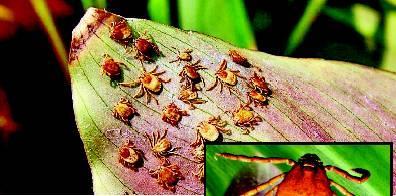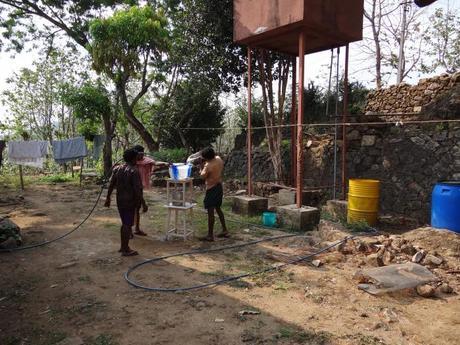So we are now getting into the dry, hot summer in the southern Western Ghats (which seems weird because it is currently -20ºC in Edmonton). Summer is a challenging time for both animals and unfortunate conservation biologists. Sure, it’s the peak tick season, with lots of tick nests around, but that’s ok. You just scratch yourself a bit more (ok,a lot more) than normal…

http://lite.epaper.timesofindia.com/Repository/PMIR/2013/07/25/4/Img/Pc0040600.jpg
The big problem is water. Ironically, it rains here for more than half the year – but, the terrain is very steep and many forests are degraded. So a lot of the water runs off into the plains below. There are forest fires all around, and the general landscape starts looking very inhospitable:

Forest fire
…although the dry leaves also make for some nice background!

Hill keelback
But lack of water causes a lot of trouble if you are doing fieldwork! One solution is to escape off for a few days to places like Umayar, situated on the edge of a reservoir. But you have to get back sometime. The key is to find a nice patch of evergreen forest, and stay below it (thats how a lot of people decide where to build houses). There is always a trickle of water in these areas, and you can pipe it down to store in barrels. Except that instead of actual pipes, you use plastic insulation tubes, so that the flow remains low and you don’t drain out the water source.
You also measure out a strict total daily ration of 2 L per person: you can use that water for any and all purposes you want – no questions asked and no judgements made – but dont ask for more!

Measuring out the daily ration of water
People who are restricted to 2 L of daily water get very attached to that water. They also tend to get very agitated when dholes (wild dogs) start chewing on water pipes for no good reason (of course, dholes are famous for doing all kinds of weird unmentionable things):

Dholes chewing on water pipe; they seemed to really enjoy this because they kept doing it again and again!
But the good part of summer is the fruits. Wild mangoes (small, sweet-sour) start fruiting very early, and the floor is usually carpeted with their fruits. Whenever conservation biologists came across a mango tree, all fieldwork immediately stops, and everyone gets busy eating. The problem is, sloth bears also love fruits, so you have to keep your eyes open. You don’t want to come between a sloth bear and his food! Elephants like mangoes as well, and you most certainly don’t want to get in the way of an elephant!

Sloth bear hopefully sniffing around for mangoes

Elephant munching on mangoes, after which she of course bashed the camera in her joy
Phoenix palms, which are found on grasslands, also produce great fruits – they are like small, very sweet dates. Many animals like elephants also smash them to get at the pith (or being elephants,they smash them just for the heck of it…).

Phoenix palm smashed by elephant
… And so thats how you survive the 3-4 summer months in the southern Western Ghats, until the summer showers start in May, to herald the south-west monsoon (and now, you can deal with the leeches for the next few months!)

A beautiful monsoon stream, filled with 56,734 leeches
